Introduction
Lamb dishes are a culinary delight enjoyed across various cultures and cuisines worldwide. From the hearty stews of the Mediterranean to the rich curries of Asia, lamb offers a unique flavor profile that is both comforting and indulgent. However, one common challenge that many home cooks face is the gamey odor that can sometimes overpower the dish, especially when stewing lamb. This article aims to demystify the process and provide comprehensive guidance on how to stew lamb without the unwanted gamey aroma, ensuring your dish is both aromatic and delicious.
Understanding Lamb’s Gamey Odor
Before diving into the techniques to eliminate the gamey odor, it’s essential to understand its source. The gamey flavor in lamb is primarily due to its diet and age. Younger lambs tend to have a more delicate flavor, while older animals or those that graze on certain forage, such as clover or brassicas, can develop a stronger, more distinct taste. Additionally, male animals (rams) often have a more pronounced gamey flavor than females (ewes).
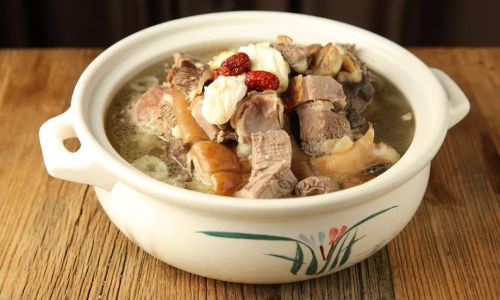
Choosing the Right Cut
One of the first steps in stewing lamb without the gamey odor is selecting the right cut. Different cuts of lamb have varying textures and flavors, and some are naturally less prone to gamey tastes. For stewing, cuts like shoulder, breast, neck, and shank are ideal. These cuts are typically tougher and require long, slow cooking to tenderize them, which also helps to meld flavors and reduce any unwanted odors.
Preparation Techniques
-
Trimming Fat and Sinew
Fat and sinew can harbor strong flavors and contribute to the gamey aroma. Trim these areas carefully before beginning the stewing process. Focus on removing any large pieces of fat and sinewy membranes that may be attached to the meat.
-
Soaking the Meat
Soaking the lamb in cold water for a few hours can help draw out some of the impurities and blood that contribute to the gamey flavor. Change the water every hour or so to ensure it stays clean. This step is particularly useful if you’re working with a cheaper, less tender cut of lamb.
-
Blanching
Blanching the lamb in boiling water for a few minutes before stewing can also help reduce the gamey aroma. This process involves placing the meat in boiling water for about 5-7 minutes, then removing it and rinsing it under cold water to stop the cooking process. Blanching helps to tighten the meat’s surface, locking in juices and flavors while expelling impurities.
Marinating and Seasoning
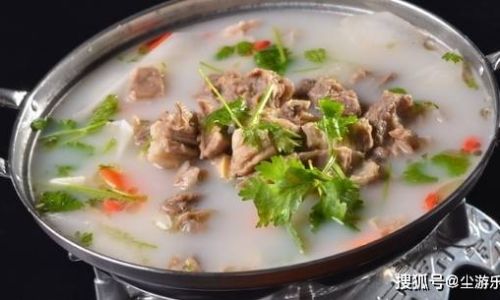
Marinating the lamb can significantly enhance its flavor and help mask any gamey notes. Here are some effective marinades and seasoning techniques:
-
Acidic Marinades
Acids like vinegar, lemon juice, or wine can help break down proteins and tenderize the meat while also neutralizing gamey flavors. A simple marinade of red wine, garlic, rosemary, and a splash of vinegar can work wonders. Let the lamb sit in the marinade for at least 2-4 hours, preferably overnight in the refrigerator for maximum effect.
-
Yogurt and Spices
In many Middle Eastern and Indian cuisines, yogurt is a staple marinade ingredient for lamb. It tenderizes the meat and adds a creamy richness to the dish. Combining yogurt with spices like cumin, coriander, turmeric, and garlic not only enhances the flavor but also helps mask any unwanted gamey notes. Marinate for at least 4 hours or overnight.
-
Herb and Oil Marinades
Fresh herbs like rosemary, thyme, and parsley, combined with olive oil, can add a fresh, aromatic quality to the lamb. These herbs are particularly effective in Mediterranean-style stews. Marinate for at least 2 hours, preferably longer.
Cooking Techniques
The cooking method you choose can also play a crucial role in reducing the gamey odor of stewed lamb. Here are some best practices:
-
Slow and Low

Slow cooking is key to tenderizing tough cuts of lamb and allowing flavors to meld together. Use a heavy-bottomed pot or Dutch oven and cook over low heat, preferably with a lid, to trap steam and moisture. This method ensures even cooking and helps break down collagen fibers, making the meat fork-tender.
-
Browning the Meat
Before adding liquid and simmering, brown the lamb pieces on all sides in a hot pan with a bit of oil. This not only adds depth to the dish but also caramelizes the surface of the meat, creating a rich, flavorful fond that will enhance the stew’s overall taste. Be sure to deglaze the pan with wine, broth, or another liquid to capture all those delicious bits stuck to the bottom.
-
Using Aromatics
Aromatics like onions, carrots, celery, and garlic are essential for building a flavorful base for your stew. These ingredients not only add their own unique flavors but also help to balance and mask any gamey notes in the lamb. Sautée these vegetables until they’re soft and fragrant before adding the browned lamb and liquid.
-
Liquid Choices
The liquid you use for stewing can make a big difference. Broth, wine, beer, or a combination of these can all add complexity to the dish. Red wine, in particular, is a great choice for lamb stews as it adds a rich, earthy flavor that complements the meat. If using broth, make sure it’s good quality and low in sodium to avoid over-salting the dish.
-
Adding Acid
Incorporating a bit of acid, such as vinegar, lemon juice, or tomatoes, can help brighten the flavors of the stew and counteract any lingering gamey notes. This is particularly effective in long-cooked dishes where the acidity will mellow out over time.
Finishing Touches
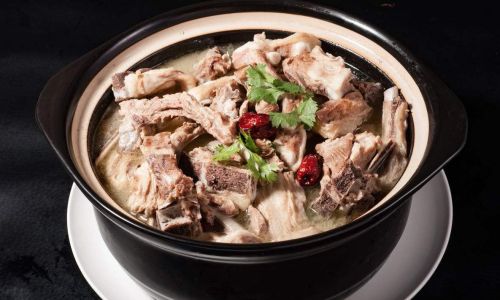
Once your lamb stew is nearly done, there are a few finishing touches that can elevate the dish and ensure it’s free of any gamey aroma:
-
Taste and Adjust
Before serving, taste the stew and adjust the seasoning as needed. Add salt and pepper to taste, and consider adding a pinch of sugar or a splash of vinegar to balance the flavors if necessary.
-
Garnishing
Fresh herbs like parsley, cilantro, or mint can add a refreshing note to the stew and help mask any remaining gamey flavors. A sprinkle of freshly grated lemon zest or a dollop of yogurt can also brighten the dish.
-
Resting
Allow the stew to rest for a few minutes before serving. This helps the flavors meld together and the juices redistribute within the meat, making each bite more flavorful and tender.
Conclusion
Stewing lamb without the gamey odor is an art that requires careful selection of ingredients, thoughtful preparation, and patient cooking. By following the techniques outlined in this article—choosing the right cut, trimming and soaking the meat, marinating with flavorful ingredients, slow cooking with aromatics, and adding finishing touches—you can create a lamb stew that is rich, tender, and free of any unwanted gamey flavors. Remember, the key to success is patience and attention to detail. With practice, you’ll soon be able to master this culinary challenge and enjoy delicious, aromatic lamb stews that will impress even the most discerning palate. Happy cooking!

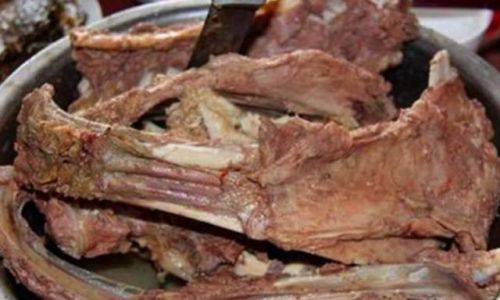
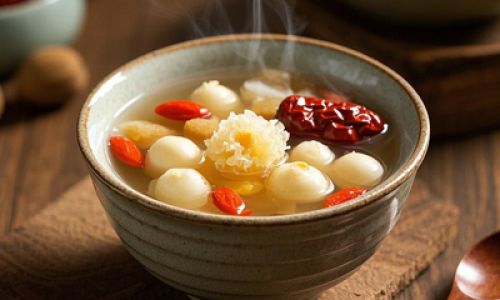
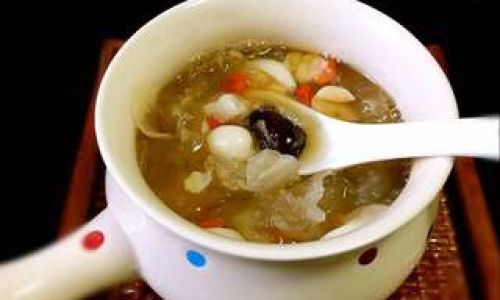
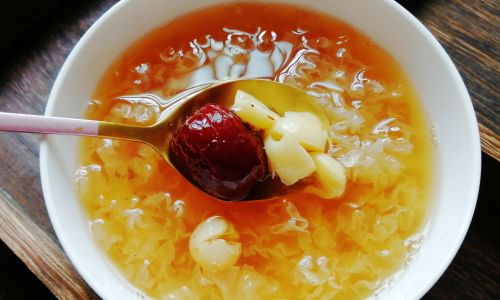
0 comments